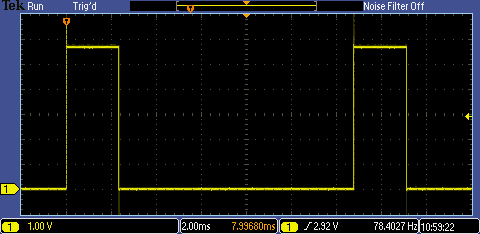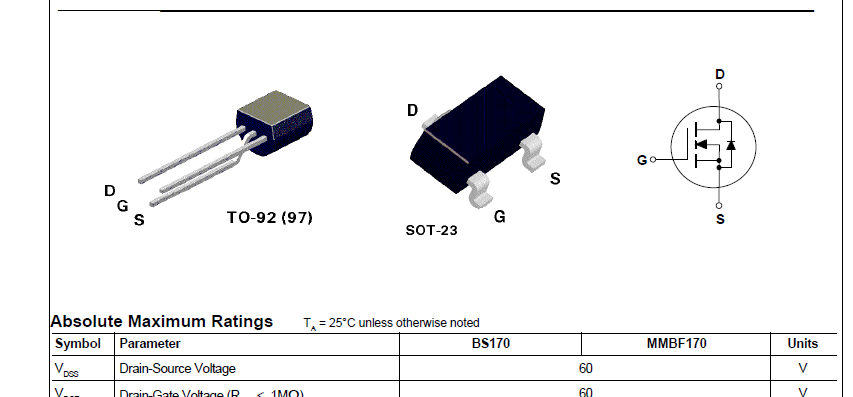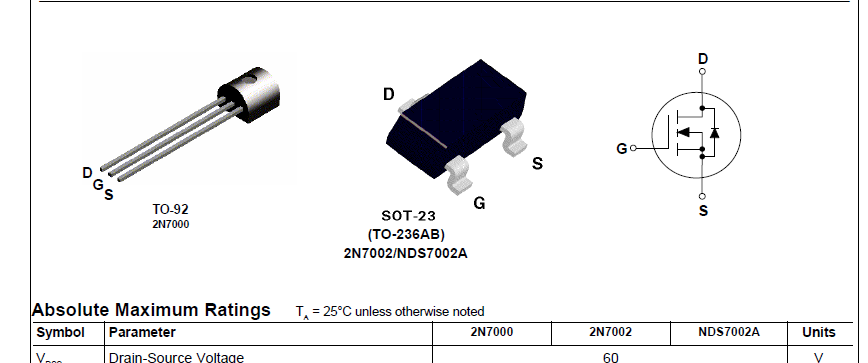I want to toggle a servo with the push(and release) of a button. I then want the servo to return to original position after x seconds. I think I'm close by enlisting a 555 timer. I have it successfully powering an LED for 1 second. (hold your applause)
Is this at least possible with this same circuit? This is just a hobby project and I was trying to avoid grabbing an Arduino and coding something.
When I tried to connect my servo to pin 3, positive, and negative....it moved slightly once out of 10 attempts. The LED is dimmer and shorter lived while the servo is attached.
I should check back in here at least once a day until I get this working (and will report so) or smash the thing with a bat.
-EP
Some details...may be garbage. THANKS IN ADVANCE!
Power = old 9v battery (8v)
Resistors = 10k
Cap = 100uf



